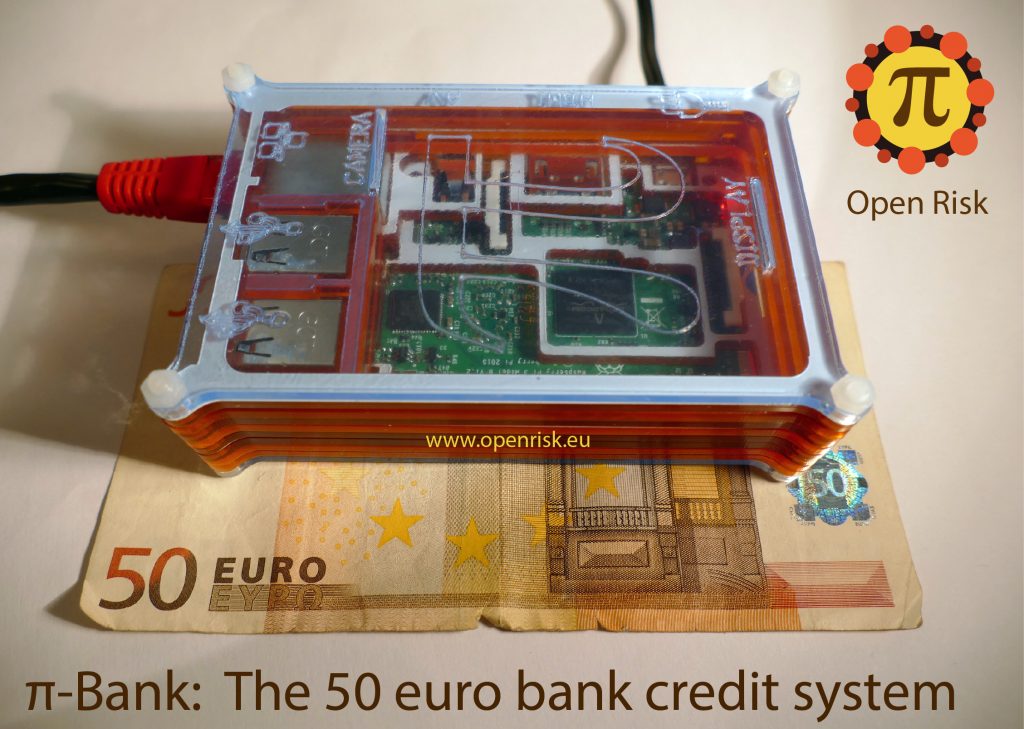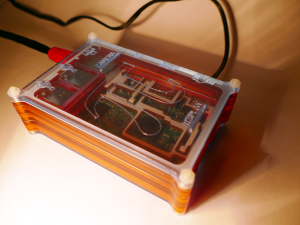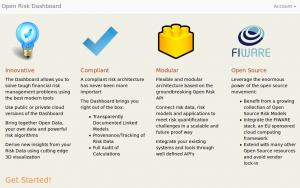How much digital bank can we fit in a 50 euro bill?
How much digital bank can we fit in a 50 euro bill?
Much has been said about the impact of Big Data and high-end GPU Computing on the provision of digital financial services. At Open Risk we wanted to explore the boundary of what is possible at the diametrically opposite end of the cost spectrum:
What is the_absolutely minimum_cost for providing digital financial services? . In this post we begin the journey of finding out the answer to that question and it promises to be fascinating!

The hardware platform and the operating system
When looking for low-cost computing these days the easy answer is invariably: the Raspberry Pi! The Raspberry Pi is a wonderful little computer that is targeting the educational and hobbyist communities. So we pick it as the basis for the experiment.
- We start with a Raspberry Pi 3 Model B for 40.40 EUR from a friendly provider.
- We splash an additional 10 EUR for a 16 GB MicroSD card
- The operating system is open source (free as in speech and free as in beer) Raspbian Linux 4.1.18-v7

The Database
For the purpose of this experiment we use the popular NoSQL database MongoDB. Instructions on setting up a basic loan portfolio system using python and Mongo are available in the Open Risk Academy course Managing Loan Portfolios Using MongoDB.
Some database performance statistics using MongoDB on the Raspberry Pi:
- Creating from scratch one million records (with simulated credit data) takes about 2.2 minutes.
- A query sorting one million records takes about 9 seconds
The Web Server
In order to link the pi-bank to the world we need to install a web server. We opt for the internet’s workhorse web server, the open source Apache http server. We deploy python applications using WSGI.
The Credit Risk Platform

We install a Python/Flask based Model Server and activate a logistic regression model that produces a credit score on the basis of financial data. Interacting with the risk platform is by exchanging messages via the Open Risk API.
This 50 euro setup can process around 250 credit score calculations per second without any effort at optimization!